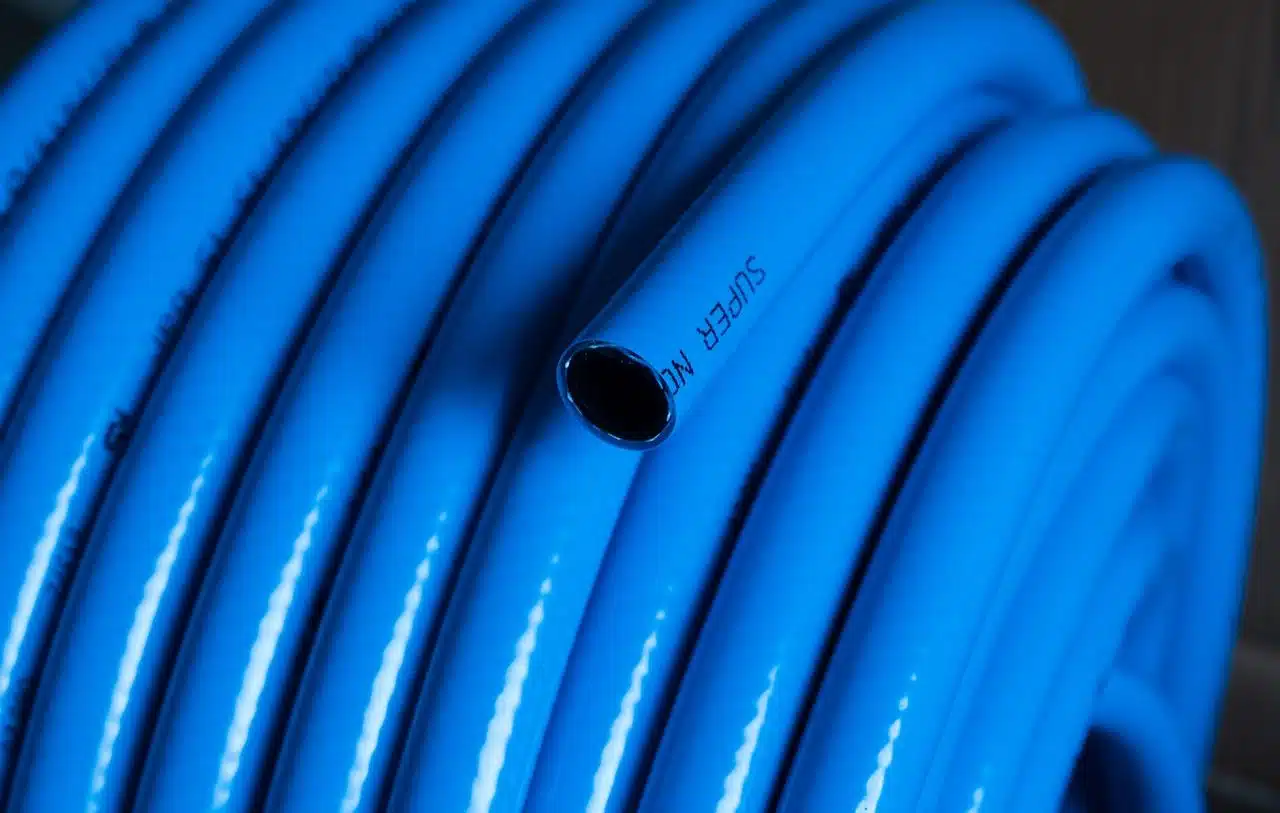
Polyvinyl chloride is known as PVC.
PVC is the name by which polyvinyl chloride is known, a plastic that arises from the polymerization of chloroethylene monomer (also known as vinyl chloride ). The components of PVC are derived from sodium chloride and natural gas or petroleum , and include chlorine, hydrogen and carbon.
In its original state, PVC is an amorphous, whitish powder. The resin resulting from the aforementioned polymerization is a plastic that can be used in multiple ways, since it allows the production of flexible or rigid objects.
PVC characteristics
One of the most interesting properties of PVC is that it is thermoplastic : when subjected to heat , it becomes soft and can be molded easily. When it cools, it recovers its previous solidity without losing its new physiognomy.
Let's look at other of the main features of PVC, below:
- It is very resistant to abrasion (the wear that occurs due to friction between two surfaces).
- Its density is low, 1.4 g/cm3.
- It is also quite resistant to impact and the influence of external forces (mechanical force ), which makes it very suitable for use in the fields of construction and building.
- It is very versatile and can be combined with a large number of additives.
- PVC is a good insulator and that is why it is used to protect electrical cables, both in homes and offices and even in the industrial field.
- It is inert and stable, which is why it is widely used in products that prioritize hygiene , such as bags for blood and blood products, pipes for transporting drinking water, and catheters.
- It is a very durable material, as can be seen in products such as window and door frames or pipes, some of which remain in good condition for more than six decades.
- It does not catch fire easily nor is it prone to self-combustion, thanks to the chlorine atoms that make it up. Additionally, in the event of a fire, the fire disappears when the heat source is removed.
- It has a high energy value, something that is used in modern combustion systems, which use PVC to provide heat and energy .
- It can be obtained in various degrees of hardness .
- Its installation is accessible at a monetary level.
- Resists corrosion very well.

Multiple products can be manufactured with PVC.
Your story
The history of the discovery of PVC dates back to the first half of the 19th century and involves several people. First, Henri Victor Regnault found vinyl chloride in 1835 while applying an alcohol solution to dichlorethane, and he also discovered polyvinyl chloride by exposing the monomer directly to sunlight. Despite this, he was not aware of what he had found in his laboratory , and it took the work of Eugen Baumann , almost four decades later, to create the first plastic products.
PVC is used to manufacture toys, packaging, pipes, cables and windows, among many other products . Because it is more economical and durable than other materials, its use has become widespread throughout the world.
PVC and ecology
It is important to note that many environmental groups condemn the use of PVC. According to the complaints, the PVC production process involves the emission of polluting gases and the generation of wastewater. The additives that are added to give it various properties , on the other hand, can be carcinogenic .
PVC producers, of course, reject the complaints, stating that polluting emissions are equivalent to those of other materials and maintaining that PVC is recyclable . That is why they assure that the criticism of PVC is due to political and economic reasons.
